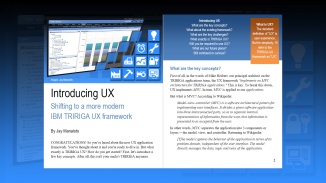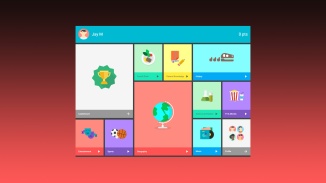Veni, vidi, vici! TRIRIGA, TRIRIGAFEEDIA, and TRIRIGA UX! But to start off, happy anniversary! Believe it or not, November 2015 not only witnessed the 2nd anniversary of my quiet “bright blue” tech blog at jay.manaloto.ibm, but also the 10th anniversary of my tech career at TRIRIGA. From the old TRIRIGA days of co-locating at the office to the global IBM days of telecommuting from home. Not a bad deal.
So why have I returned? To be honest, I was always going to return. But this year has been especially consuming, fascinating, and satisfying with my exploration of new TRIRIGA territories, namely TRIRIGAFEEDIA and TRIRIGA UX. With the former, if you remember, I created “an experimental WordPress hub that collects feeds”. With the latter, I recently dove into the world of Google Polymer.
Hi, my name is Jay, and I’m an IBM TRIRIGA information developer at IBM. I’ve always been pretty transparent about the origin of my TRIRIGAFEEDIA blog. But now that IBM has announced the releases of IBM TRIRIGA 10.5.0 and IBM TRIRIGA Application Platform 3.5.0 with its UX Framework, I can finally reveal the origin, design, and development of my TRIRIGA UX Articles. Wanna find out?
Continue reading


